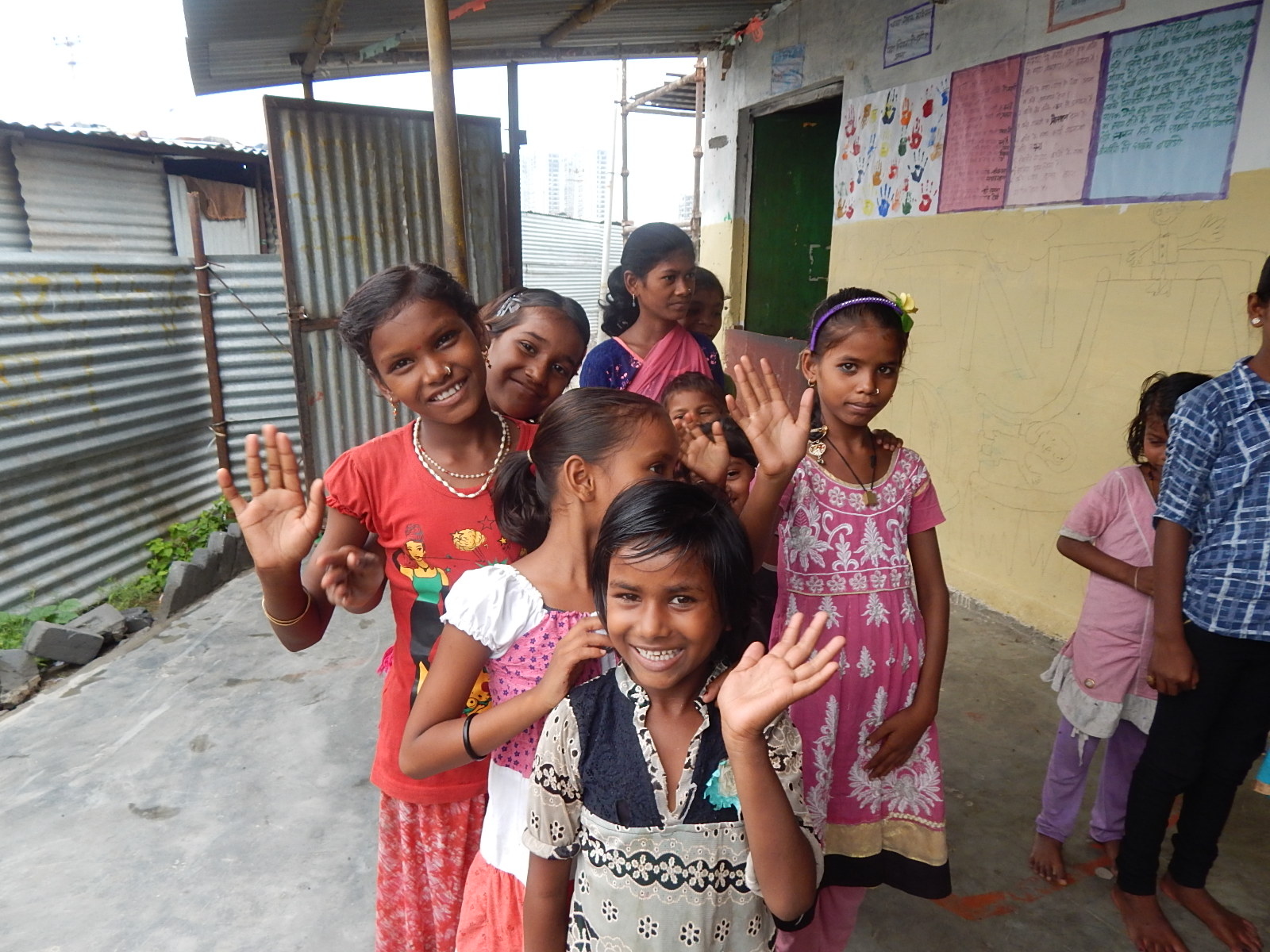“ Until we get equality in education, we won’t have an equal society.”
Rani, a 15-year-old bubbly and athletic teen, is a national level football player. She has been coming to our centre at Modi Mills for the past 4 years. Ever since she was little, Rani has wanted to play football professionally She is currently in 10th grade, and juggles both school and competing in matches. Rani is one of the lucky ones because her family supports her ambition and ensures that she completes her education.
Sadly, this is not the reality for millions of girls in India, who continue to be victims of acute gender bias on a daily basis. India currently ranks 112 in the Gender Gap Index 2019-20, which has been a fall from 108th rank in 2018. While there have been several campaigns over the past few years, pledging to end gender inequality, the recent rankings show that the outcome has been severely undermined. As many as 57% of girls drop out before finishing high school, due to poverty. While the same households allow their boys to continue going to school, as soon as a girl reaches puberty, in most cases, she’s restricted to housework.
This selective bias has been deep-rooted and propagated in our society for generations. The idea that a girl has less value than that of a boy, has made room for girls to be exploited, mistreated, and devalued, the consequences of which have a far-reaching impact. According to the UN, 750 million women and girls alive today were married before the age of 18. Child marriage basically puts an end to a girl’s childhood, her education, and puts her at risk for early and high-risk pregnancies.
Several studies have shown that gender inequality in education has a negative impact on educational outcomes, which in turn has a negative effect on economic growth. Investing in girls education paves way for them to have a career, which directly contributes to the GDP of a country. Since women are viewed as primary caregivers, children, especially girls, have a better chance of success in the future when raised by educated and empowered women.
It is for this very reason, it is necessary to promote girl-child education to end gender inequality. Ensuring gender equality is also central to Sustainable Development Goals, which aims to empower all women and girls. Promoting girl education in India brings a reduction in poverty and reduces the chances of girls being married off at a young age. When girls are educated, they will be in a better position to understand and exercise their rights.
In a traditional Indian society, there’s a reliance on boys to provide economic support, ensure security in old age, and performing death rites that place a greater value on sons over daughters. These beliefs are the main causes of female foeticide, a social evil that exists even today. As a result of this practice of selective abortion, 46 million girls have gone missing in the country, according to UN. The most worrying impact of this ugly practice is the skewed sex ratio it creates. This has further implications such as an increase in trafficking and assaults against women.
As a nation, we can never succeed if the female population continues to be marginalized, neglected, and abused. The need of the hour is for everyone to realize that women have as much a role in shaping the society, and contributing to it as any man does.
About the Author
Shivangi Nigam is a Programme Coordinator at Wishes and Blessings.
She loves to spend time with kids and spends her spare time reading, writing, and watching documentaries. It was her zeal to contribute to a cause that motivated her to give up her corporate career and work for non profits.


